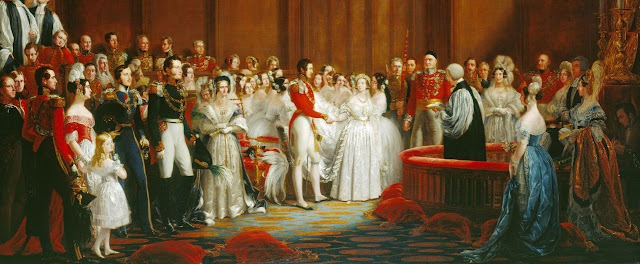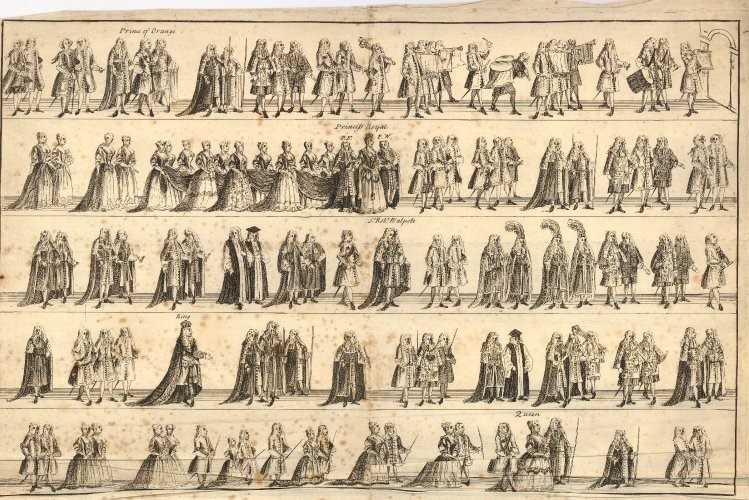Yep, it's happened! I was serious about starting a podcast, and I followed through, thanks to my excellent Patreon patrons . This first episode jumps right in as a verbal version of the Before Victoria series of posts. The Marriage of Queen Victoria, 10 February 1840 , Sir George Hayter, 1840-42; RCIN 407165 I would love it if you could give it a listen and throw me some feedback! The Podcast Source ( Android , Apple ) is an app that will allow you to subscribe and listen directly from Libsyn, where A Most Beguiling Accomplishment is hosted; you can also subscribe through Google Play or iTunes , or listen right from the Libsyn webpage. The second episode will be a discussion of what fashion history is , a much more theoretical topic, although I won't be handling it in a dry manner! I'll be chatting about the history of the field, the differences between fashion and dress, how different ways of studying dress come together to produce the best research,...



